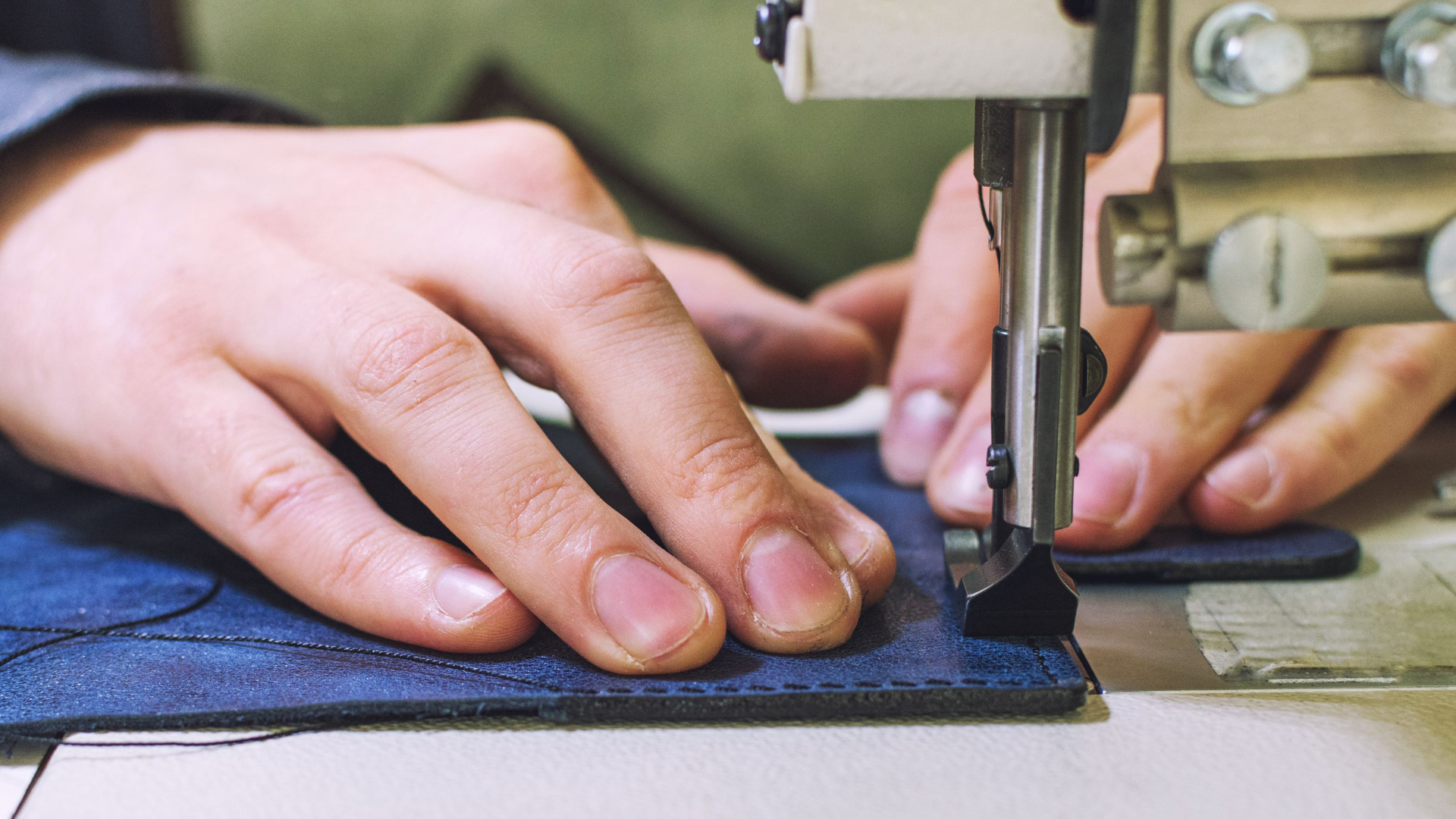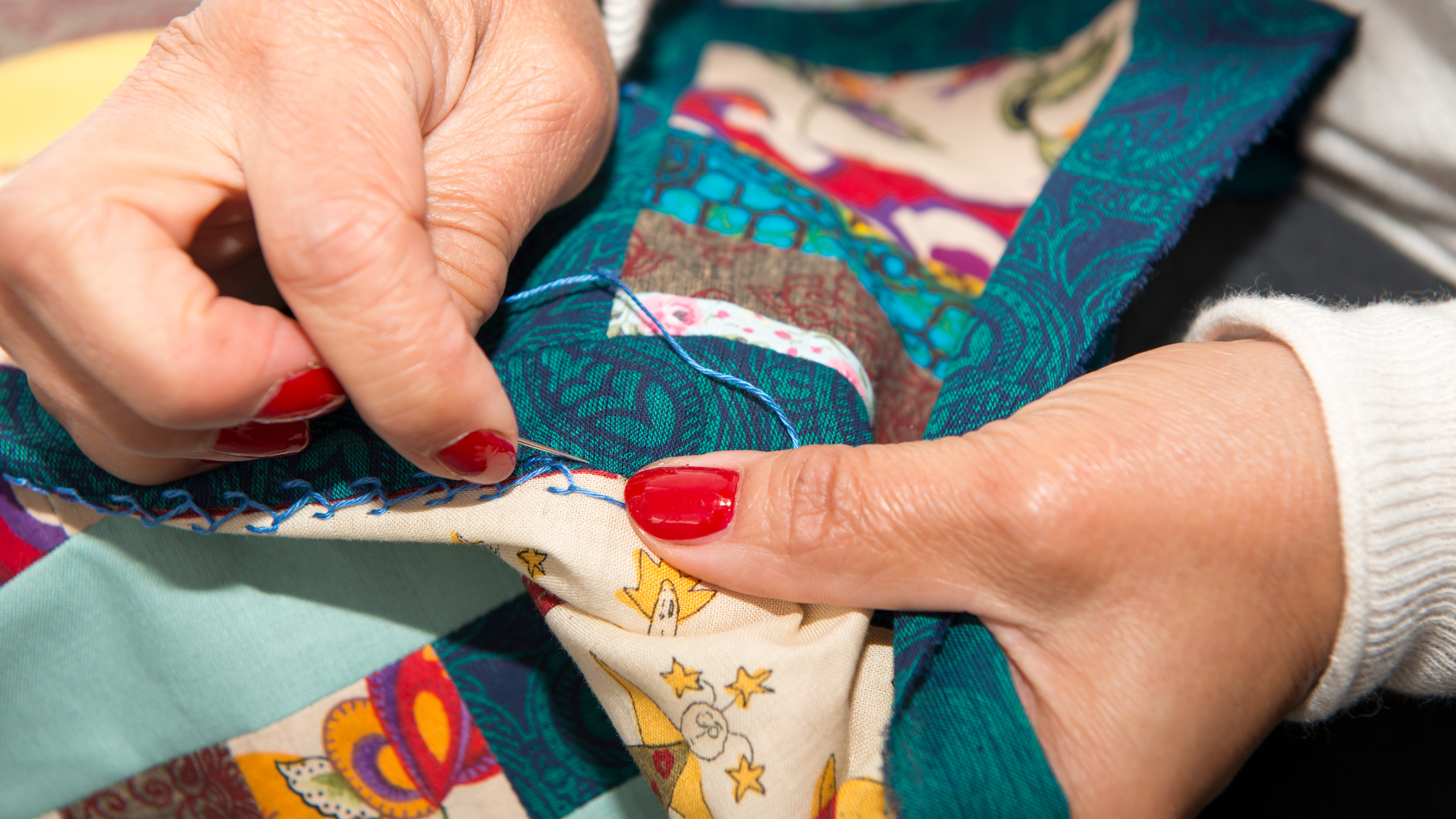
Do You Tip a Seamstress? Understanding Tipping Etiquette for Sewing Services

1. The Art of Sewing and the Role of a Seamstress
Sewing is a timeless craft that requires skill, precision, and creativity. When you entrust your garments to a seamstress, you rely on their expertise to make alterations, repairs, or custom creations. However, when it comes to tipping a seamstress, there can be uncertainty about whether it is customary or expected. In this article, we will delve into the world of sewing services and explore the etiquette and considerations surrounding tipping a seamstress. Whether you’re seeking alterations, clothing repairs, or custom garments, understanding the tipping guidelines will help you navigate these situations with confidence.
2. Factors to Consider When Tipping a Seamstress
Tipping practices can vary depending on various factors. Let’s explore the key considerations when deciding whether to tip a seamstress:
a. Quality of Service
The quality of service provided by the seamstress is an important factor to consider. Did they demonstrate professionalism, attention to detail, and craftsmanship in their work? Assessing the overall quality of their service can help you determine whether a tip is appropriate.
b. Complexity of the Project
Consider the complexity of the project and the level of skill required. If the seamstress successfully completed a challenging alteration or brought your custom design to life with precision, it may warrant a higher appreciation in the form of a tip.
c. Additional Services and Extra Efforts
Take into account any additional services or extra efforts provided by the seamstress. Did they go above and beyond their standard services to ensure your satisfaction? Whether it’s offering design suggestions, providing rush alterations, or accommodating special requests, recognizing their dedication can be expressed through tipping.
3. Understanding the Standard Tip Range

While tipping a seamstress is not as common or standardized as in certain service industries, there are some general guidelines to consider:
a. Customary Range: No Tip or Optional Gratuity
In many cases, it is not customary or expected to tip a seamstress. Sewing services are often viewed as professional services rather than traditional service-based roles. Seamstresses typically charge for their expertise and time, and the quoted price is expected to cover their work.
b. Adjusting for Exceptional Service
If the seamstress provided exceptional service that exceeded your expectations, you may choose to show your appreciation through a tip. This can be a way to acknowledge their skill, craftsmanship, and commitment to ensuring your satisfaction.
c. Alternative Forms of Appreciation
While monetary tips may not be the norm, there are alternative ways to express your gratitude for a job well done. Positive reviews, referrals, and testimonials can go a long way in supporting a seamstress’s business and reputation. Sharing your satisfaction with others can help them gain new clients and opportunities.
4. Communicating with the Seamstress
a. Expressing Gratitude
Regardless of whether you choose to tip, always express your gratitude and appreciation to the seamstress. A simple thank-you note or verbal acknowledgment of their expertise and hard work can make a meaningful impact. Letting them know that you are pleased with their services will be greatly appreciated.
b. Open Dialogue
If you have questions or uncertainties about tipping, consider having an open dialogue with the seamstress. They will appreciate your transparency and can provide insight into their own tipping policies or preferences. Engaging in a conversation demonstrates your respect for their work and professionalism.
5. Final Considerations and Etiquette

a. Respect Your Budget
When deciding whether to tip a seamstress, it’s important to consider your personal budget. Tipping is a discretionary practice, and it should never create financial strain. Assess what you feel comfortable giving as a gesture of appreciation, keeping in mind your own financial responsibilities.
b. Cultural and Regional Variations
Tipping practices can vary across different regions and cultures. If you are unsure about the local customs or norms regarding tipping seamstresses, it’s helpful to do some research or reach out to locals for guidance. Adhering to the cultural expectations ensures that you show respect and appreciation in a manner that is appropriate for the specific region.
c. Building a Professional Relationship
Developing a professional relationship with a seamstress based on mutual respect and clear communication is essential. Treat the seamstress with courtesy and professionalism, and maintain open and honest dialogue about your expectations and needs. Building trust and understanding creates a positive working relationship that benefits both parties involved.
6. Conclusion
Tipping a seamstress is not a standard practice, but it can be a thoughtful gesture to show appreciation for exceptional service and craftsmanship. Consider factors such as the quality of service, complexity of the project, and any additional efforts made by the seamstress. While it is not customary to tip, if the seamstress provided exceptional service or went above and beyond, you may choose to express your gratitude through a tip. However, alternative forms of appreciation such as positive reviews, referrals, or testimonials can also be meaningful ways to support the seamstress’s business. Always communicate your gratitude and respect for the seamstress’s work, regardless of whether you choose to tip. Remember to respect your budget, be mindful of cultural variations, and focus on building a professional relationship based on trust and clear communication.